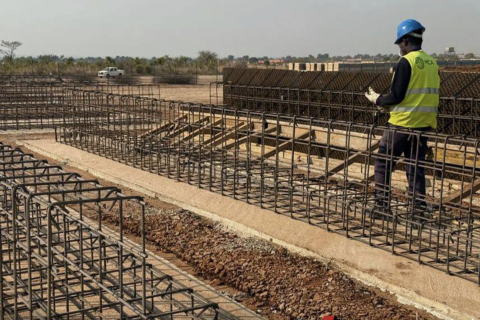"Internal communication goes beyond simply informing; it is the fabric that weaves the company's vision, mission and values into the organizational culture, creating an environment where innovation and collaboration not only flourish, but are experienced daily."
Strategies
There are several strategies that can help companies build and sustain a strong organizational culture through internal communication, so I will describe some of them:
1. Creating open communication channels: develop communication channels that promote the free exchange of ideas and feedback between all levels of the organization. This includes internal forums, regular team meetings and anonymous feedback systems.
a. Practical example: implementation of an internal system called – for example – “Ideas in Action”, where employees can send suggestions and ideas from anywhere in the company. Every month, the best ideas are discussed in an open meeting, encouraging everyone's participation and strengthening the feeling of ownership and contribution to the company's success.
2. Promotion of shared values: using internal communication to reinforce the company's mission and values in a consistent manner. This can be done through internal newsletters, awareness campaigns and regular meetings that highlight success stories and exemplary behaviors aligned with the company's values.
a. Practical example: holding monthly sessions of – for example – "Green Stories" where employees from different departments share how their projects contribute to environmental sustainability, one of the company's core values. These sessions not only reinforce the company's mission, but also inspire other employees to incorporate sustainable practices into their daily work.
Questions for reflection
Dear reader, you are probably wondering about the fact that I added this point. I also did the same (lol). In fact, I consider this point quite pertinent. It leads us to reflect, very deeply, on the topic in question. Therefore, I ask you to reflect and find answers to the questions below:
- How does your organization's internal communication currently support or can be improved to more effectively reflect the company's values?
- How can open communication channels be optimized to encourage greater employee participation and engagement?
- What are the specific actions that can be taken to ensure that internal communication contributes to building a positive and inclusive organizational culture?
Check list
This checklist serves as a guide for companies whose challenge is to strengthen organizational culture through internal communication. Therefore, consider:
- [ ] Implement regular forums that encourage the open exchange of ideas and feedback between all levels of the organization;
- [ ] Create and maintain diverse communication channels that meet the different preferences and needs of employees;
- [ ] Regularly highlight and celebrate examples of behaviors and achievements aligned with the company's values;
- [ ] Ensure that all forms of internal communication, from emails to meetings, reflect and promote the organization's values and mission;
- [ ] Continuously evaluate and adjust internal communication strategies based on employee feedback to ensure their effectiveness;
- [ ] Promote initiatives that reinforce the company's vision and motivate employees to contribute to common objectives.
Conclusion
Building and sustaining a strong organizational culture through internal communications is a strategic approach that benefits all aspects of the organization. When implemented effectively, internal communication aligns employees with the company's objectives and values, fosters a positive and collaborative work environment and enhances innovation. Furthermore, by promoting a culture of openness and inclusion, companies can improve employee satisfaction, increase talent retention and, consequently, boost organizational performance. Investing in internal communication is, therefore, essential for companies that seek not only to prosper, but also to create a lasting legacy in the market and in society.
Previous
The opinion of... Valdemar Vieira Dias








